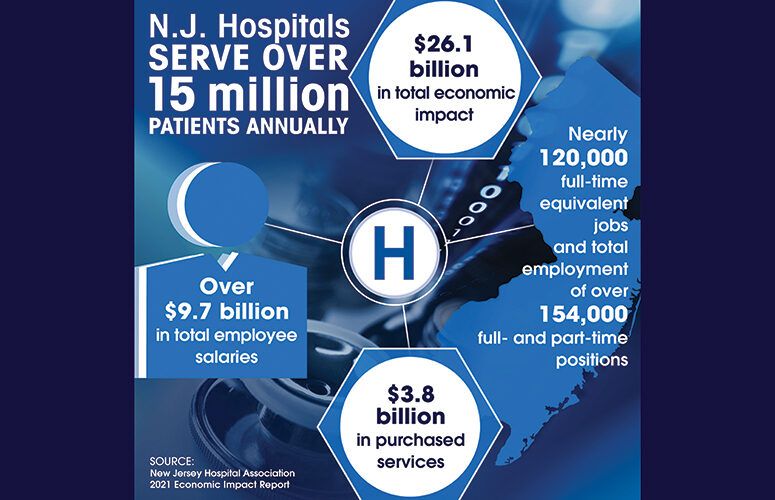
Noteworthy Federal Tax Issues for Business Owners
On Jan 20, 2023The passage of the Tax Cuts and Jobs Act of 2017 (TCJA) might be considered a thing of the past, but it did include several key changes that significantly impact business owners today.
Depreciation
For many, depreciation and expensing is one of the larger ticket items when it comes to tax planning as there is much flexibility in choosing which method makes the most sense. The 100% bonus depreciation deduction introduced by TCJA stays in effect until Dec. 31, 2022 and will then phase out annually:
80% for property placed in service during 2023
60% for property placed in service during 2024
40% for property placed in service during 2025
20% for property placed in service during 2026
Expensing
In addition to bonus depreciation, taxpayers are still able to elect to deduct expenses for the cost of eligible new or used property subject to limitations under IRC Section 179. For 2022, the maximum amount of Section 179 property that can be fully expensed is $1,080,000 after which the limit phases out dollar-for-dollar once the amount of property placed in service during the year exceeds $2,700,000.
Another change made by TCJA, which became effective on Jan. 1, 2022, is the tax treatment of research and development (R&D) expenses. Without tax legislation to modify or eliminate the effect of this provision, costs incurred for domestic R&D activities would no longer be allowed for immediate deduction and, in turn, would have to be capitalized and amortized over a five-year period (15-year period for activities performed outside the US). Prior drafts of legislation proposed a provision to defer the effective date of the R&D tax treatment from 2022 to 2026, However, this legislation never passed and, at this time, we are planning for the worst.
Excess Business Losses
A final TCJA item that indirectly affects business owners is the excess business loss (EBL) limitation, which was extended through 2028 by the Inflation Reduction Act of 2022 (IRA). For 2022 and 2023, the threshold for most taxpayers is $270,000 ($540,000 for joint filers) and $289,000 ($578,000 for joint filers), respectively. A lack of proper planning for the EBL limitation when making extension and estimated tax payments can lead to significant penalties and interest, so it is paramount to factor this limitation into the various calculations of taxable income.
Energy Credits
Although the IRA did not contain many provisions for small and midsize businesses, there are a slew of energy-related credits that were either extended, expanded or introduced with the bill that could benefit those looking to invest in energy-efficient property. A Solar Investment Tax Credit (ITC) that covers 30% of the cost of switching over to low-cost solar power was extended through 2035 and is available to corporate taxpayers. Businesses that use large vehicles, like trucks and vans, as well as “mobile machinery” might benefit from tax credits covering up to 30% of purchase costs for clean commercial vehicles, like electric and fuel cell models. Multiple factors determine whether an electric vehicle will qualify for the federal tax credit. However, the vehicle’s weight will ultimately drive the maximum credit amount. Vehicles that weigh less than 14,000 pounds qualify for up to $7,500; those that weigh more than 14,000 pounds qualify for up to $40,000.
About the Author: Nicole DeRosa, CPA, MAcc, is a senior tax manager at Wiss & Company, LLP. She is an
NJCPA Board of Trustee member and has served on several interest groups and committees. Nicole can be reached at [email protected].
To access more business news, visit NJB News Now.
Related Articles:





